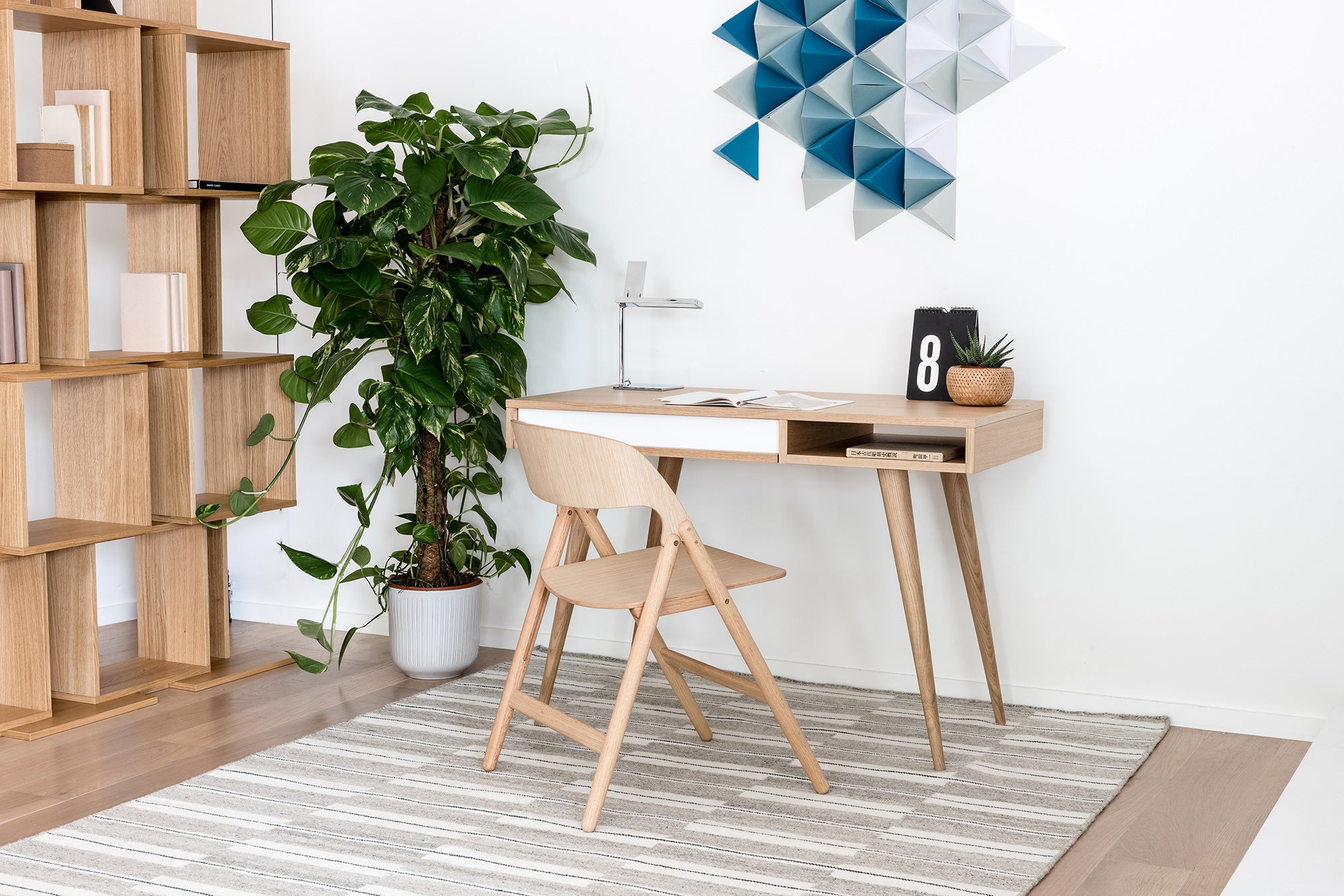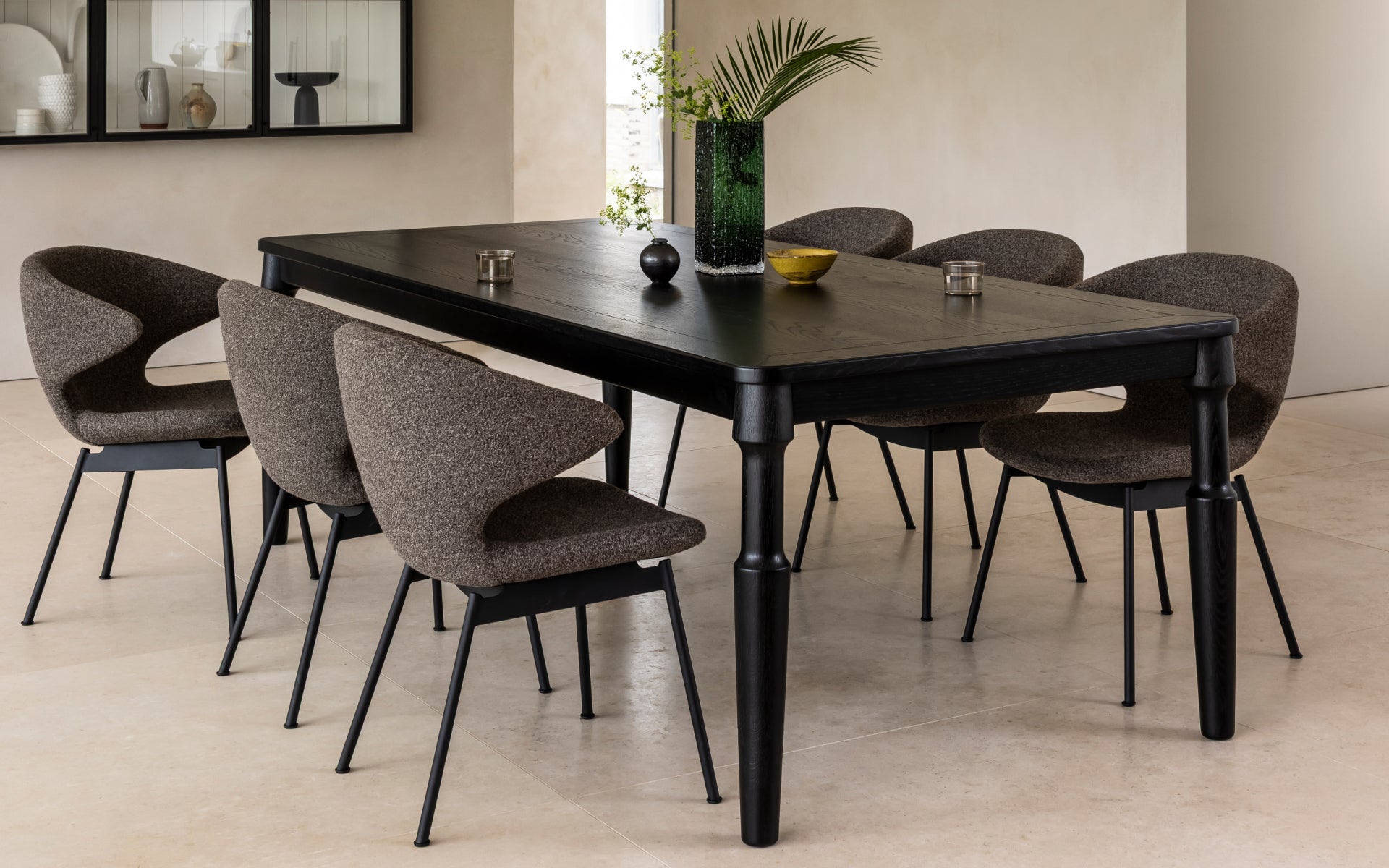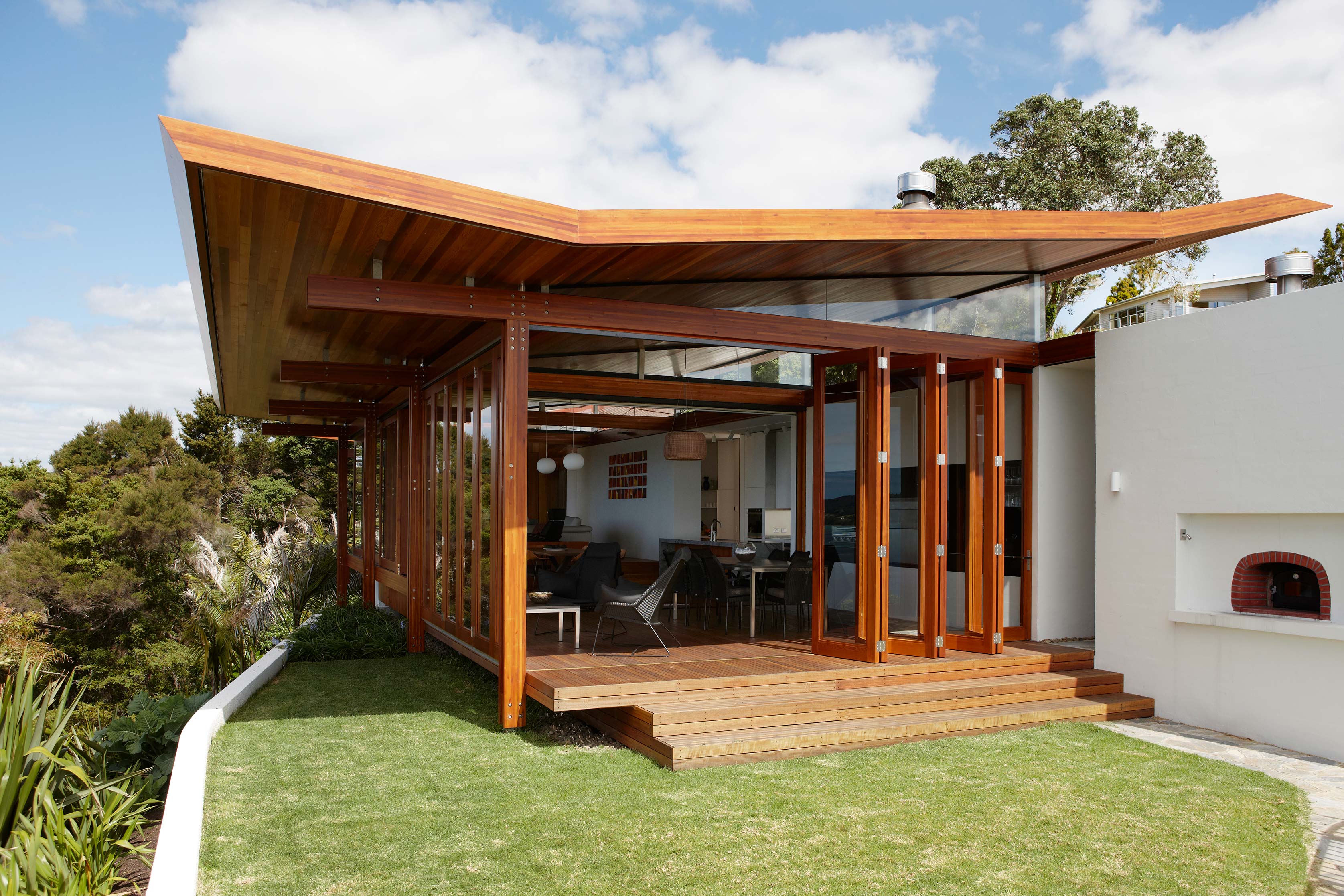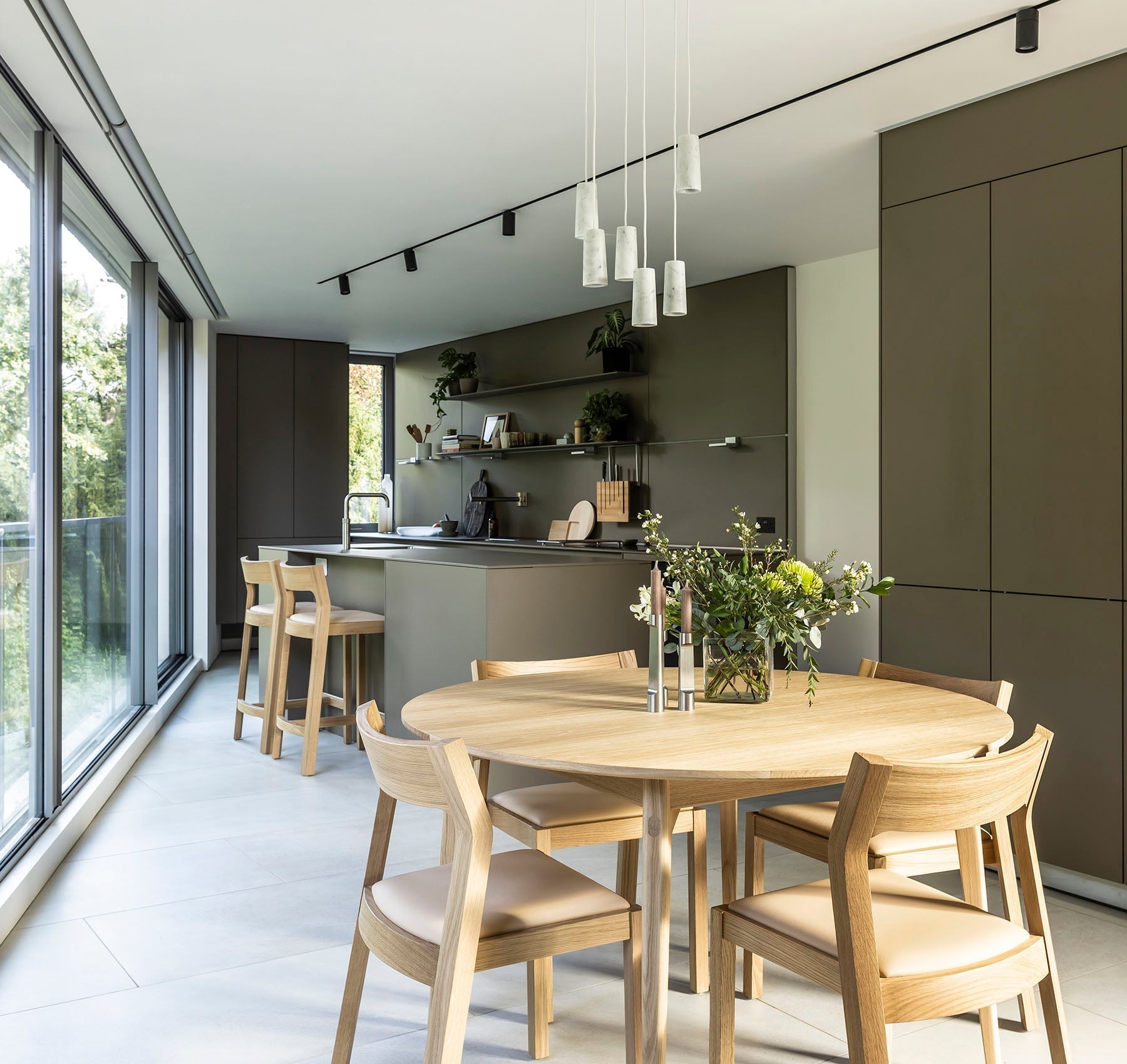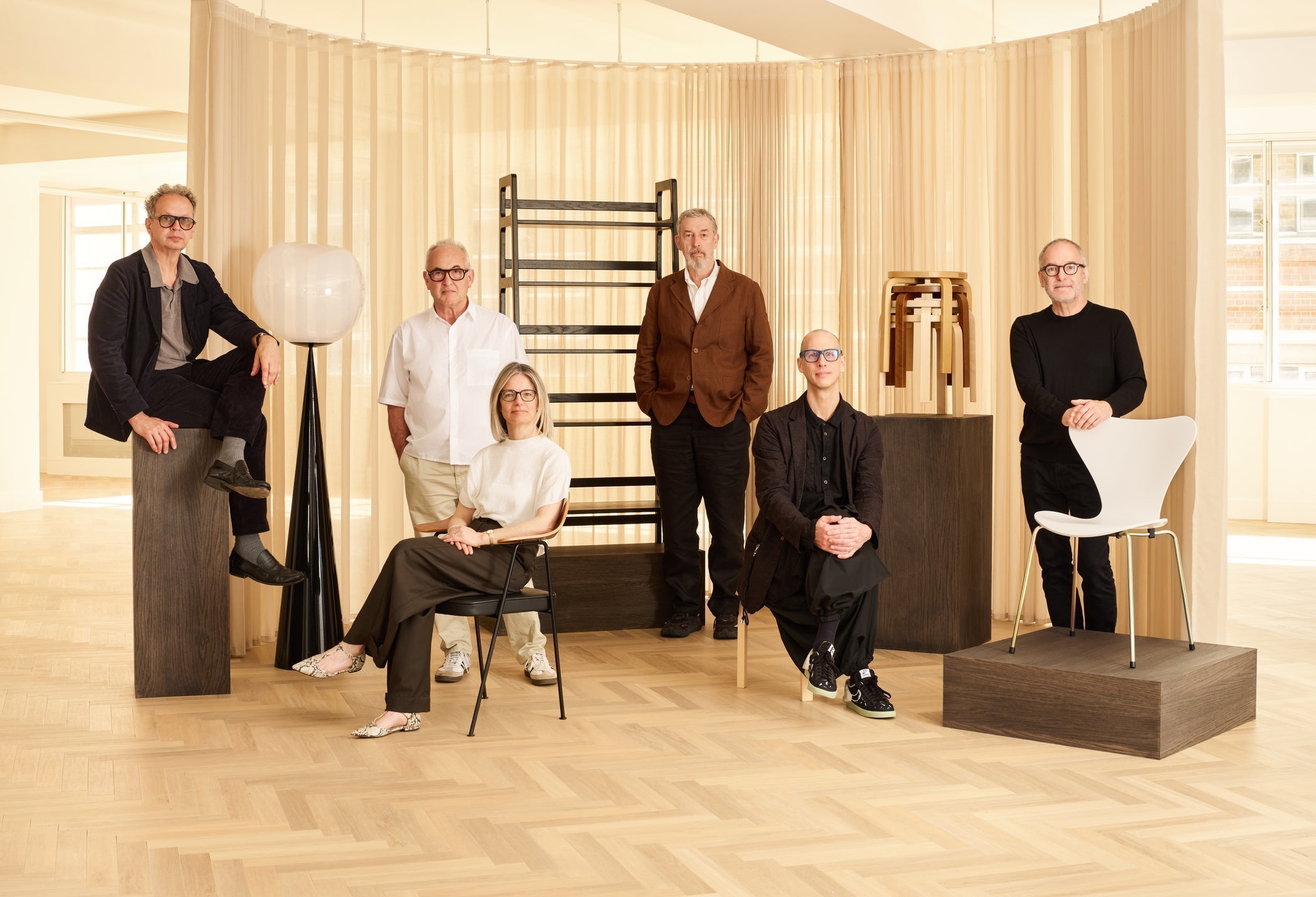In this blog post, we’ll be talking about colours, lines, spaces and how they can relate to modern furniture design.
The Use of Colours, Lines and Spaces in Design
There are some essential elements in art that every artist learns the value of early during their studies. These are as follows: • Colour • Line • Space • Shape • Value • Texture These are the six elements that make up a piece of artwork. In furniture design, we mainly concern ourselves with colours, lines and spaces. The shape is often predefined based on the functionality of a piece of furniture e.g. a chair must function as a chair. Value describes the tint and shade of colours that we use, the lightness or darkness of tones or colours. White is the lightest value; black is the darkest. The value halfway between these extremes is called middle grey. Furniture design doesn’t always have direct control over the value due to the pigments used in materials and also the lighting of a room which can have an effect on the value of the colour. Lastly, the texture is defined by the type of material you use and is controlled by the production of the piece in furniture or interior design, hence the omission for designing our homes. What we are left with are colour, line and space. Colour is the use of colours to promote different kinds of moods and feelings. The way an artist or designer uses colour is personal to their style. Some artists want to provoke a sense of calmness and tranquillity in their designs and art, so they steer towards earthy colours such as white, green and light brown. Other artists want to promote intimacy in their designs, so they use passionate colours like red, yellow and purple. It’s important to have a good grasp of colour psychology because it can have a major impact on the type of feeling your room has when you delve into contemporary interior design.
